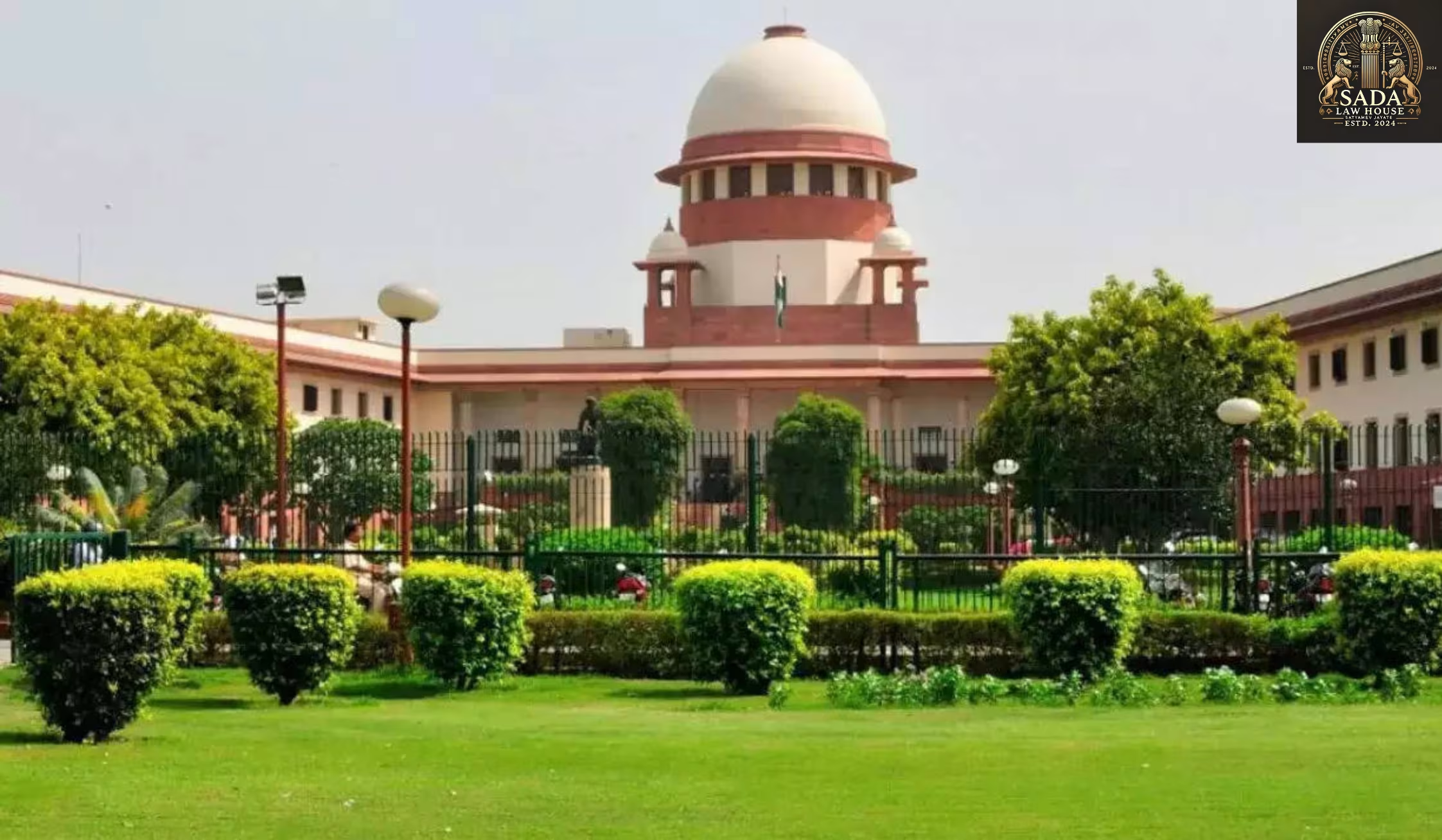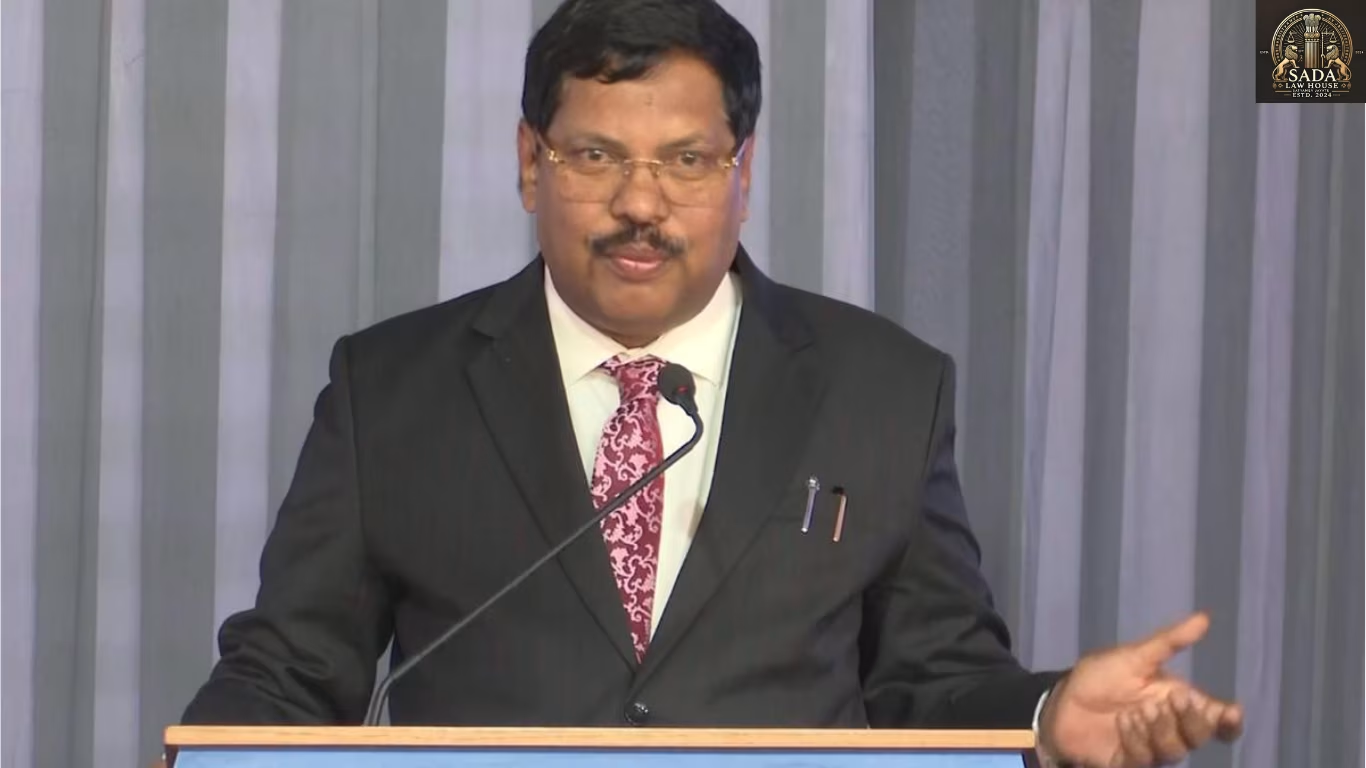Supreme Court to Review Plea for Uniform Marriage Age of 21 Across Genders
- KASHISH JAHAN
- 25 June 2025

The Supreme Court of India is set to examine a PIL seeking a uniform marriage age of 21 years for all genders. Discover the key arguments, constitutional implications, and what this could mean for gender equality and legal reform in India.
Supreme Court of India to Hear Plea for Uniform Marriage Age
In a landmark development that could reshape India’s personal laws and promote gender equality, the Supreme Court has agreed to hear a Public Interest Litigation (PIL) seeking a uniform minimum marriage age of 21 for all genders and religions. The case has sparked a nationwide discussion on gender justice, constitutional rights, and personal law reform.
The PIL and the Case for Uniform Marriage Age
The PIL was filed by advocate Ashwini Kumar Upadhyay, who argues that the current disparity in marriage age—21 for men and 18 for women—violates the fundamental rights enshrined in Article 14 (Right to Equality), Article 15 (Prohibition of Discrimination), and Article 21 (Right to Life and Personal Liberty) of the Indian Constitution.
The plea highlights that early marriage for women often leads to school dropouts, health risks, and entrenched gender inequality. A uniform age could ensure a level playing field, encourage educational attainment, and improve overall women’s health and empowerment.
Court’s Response and Involvement of Central Authorities
A bench headed by Chief Justice DY Chandrachud issued a notice to the central government, asking for its official response within six weeks. The court acknowledged that the issue touches upon critical constitutional questions, particularly concerning gender equality and social justice.
The bench also requested the opinions of the Law Commission of India and the National Commission for Women, signaling its intent to address the matter with both legal precision and social sensitivity.
Constitutional, Legal, and Social Implications
A ruling in favor of a uniform marriage age could be a turning point in India’s journey toward gender-just laws. It may lead to reform of personal laws, many of which are still governed by patriarchal traditions. This could also strengthen calls for a Uniform Civil Code, a long-debated topic in Indian legal circles.
Socially, a consistent marriage age could contribute to improved health outcomes for women, delay childbearing, and increase female participation in higher education and the workforce—key indicators of national development.
What Lies Ahead?
The government is expected to file its affidavit soon. The case will be examined in detail later this year. As public debate intensifies, supporters see this move as a progressive step toward legal uniformity and gender equality, while critics warn against judicial interference in personal laws.
The outcome of this case could influence the future of marriage law in India, setting a precedent for reform grounded in constitutional values and social equity.






